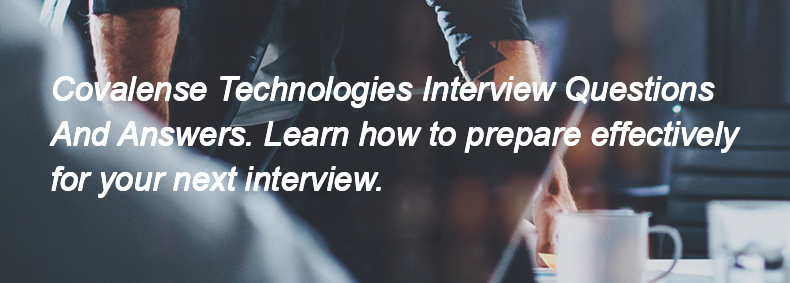Ques:- What are RESTful APIs and how do you implement them in software projects
Asked In :-
Clear Trail Technologies, SWYM, toobler technologies, Godrej Infotech limited, STG Infotech INDIA LLP, Highbar Technocrat, ARMIA SYSTEMS, TechnoCipher IT Solutions, ITBP, Knowledge Splice,
Right Answer:
RESTful APIs are web services that follow the principles of Representational State Transfer (REST). They use standard HTTP methods (GET, POST, PUT, DELETE) to perform operations on resources identified by URLs. To implement RESTful APIs in software projects, you typically:
1. Define the resources and their representations (e.g., JSON or XML).
2. Use HTTP methods to create, read, update, and delete these resources.
3. Set up routing in your server to handle requests and responses.
4. Ensure stateless communication, meaning each request from a client contains all the information needed to process it.
5. Optionally, implement authentication and authorization for secure access.
RESTful APIs are web services that follow the principles of Representational State Transfer (REST). They use standard HTTP methods (GET, POST, PUT, DELETE) to perform operations on resources identified by URLs. To implement RESTful APIs in software projects, you typically:
1. Define the resources and their representations (e.g., JSON or XML).
2. Use HTTP methods to create, read, update, and delete these resources.
3. Set up routing in your server to handle requests and responses.
4. Ensure stateless communication, meaning each request from a client contains all the information needed to process it.
5. Optionally, implement authentication and authorization for secure access.

